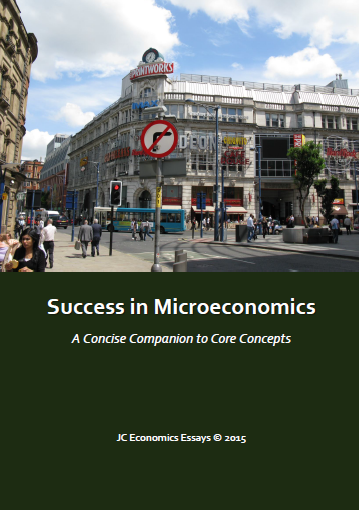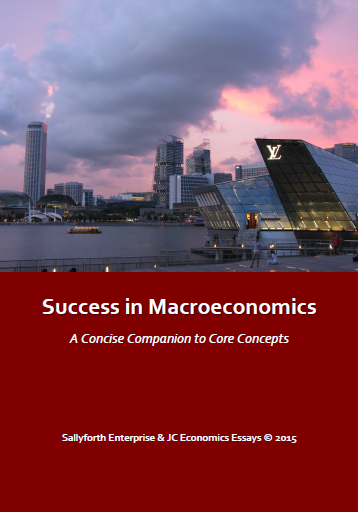Singapore’s car population grew by almost 40% from 370 000 in 1997 to 515 000 today. - Adapted from Singapore’s Ministry of Transport
(b) Examine how the car producers might use the price and income elasticity of demand concepts to help determine pricing and output decisions. [15]
Car producers can use the price and income elasticity of demand concepts to help determine pricing and output decisions. This essay discusses how car producers can use the concepts. First, PED measures the responsiveness of the quantity demanded of a good for a given change of its price, ceteris paribus. On the other hand, YED is defined as the responsiveness of the demand of a good to a change in income, ceteris paribus.
First, PED can be used to help firms. Let us assume that firms aim to maximise total revenue. If demand is price elastic, as prices fall, this will lead to a more than proportionate increase in quantity demanded, which leads to a rise in total revenue. On the other hand, if demand is price inelastic, as prices rise, there will be a less than proportionate fall in quantity demanded, hence raising total revenue also. The implication here for car producers is that they can make use of this knowledge to determine their pricing strategies.
For example, the many major car producers have competitors producing similar products e.g. Toyota, Volkswagen and Hyundai. Therefore, such cars are relatively elastic in demand because they have many substitutes. Therefore such producers should lower the price to increase total revenue.
On the other hand, some exotic or luxurious car producers such as Ferrari or Rolls Royce have fewer competitors and very a differentiated product, so the demand for their cars is relatively price inelastic. Hence, such car producers should lower raise the price to increase total revenue.
YED is also useful to car producers. Normal goods have positive YED, where a normal necessity has a YED between 0 and 1, whereas a normal luxury good has a YED of more than 1. A normal good is defined as any good whose demand increases as income increases, where a necessity has a demand curve that increases less than proportionately to an increase in income, whereas a luxury has a demand curve that increases more than proportionately to an increase in income. Hence firms should produce more normal goods in general if the general level of income rises in an economy.
On the other hand, inferior goods have negative YED. An inferior good is defined as any good whose demand increases as income decreases. Hence, firms should produce more inferior goods when there weak economic growth and income decreases.
Also, the higher the magnitude of YED, the greater the extent of the change in demand and hence the more the firm should respond in producing output. For example, Geely and Cherry QQ are inferior goods and more should be produced in a downturn, whereas Nissan and Toyota are normal (can be considered normal necessity) goods and more should be produced in an upturn, and Ferrari and Porsche are normal luxuries, and even more should produced in an economic upturn. Therefore, even the extent of the change matters when it comes to producing output.
In conclusion, PED and YED are very useful concepts for car producers. On the other hand, it is more likely that producers may aim to maximise profits than revenue, hence, knowing elasticity is insufficient because we also need to consider costs. Total profit is equal to total revenue minus total cost. Furthermore, elasticities are estimated based on past data, and therefore may not be very useful if current economic conditions have changed drastically. Hence, in my opinion, elasticity concepts – while important – need to be understood in their nuances.
Junior College Economics Essays - Tutor's Commentary: This is the second part (part (b)) of the question addressed earlier, written by the same hardworking, clever student of mine, and was written under timed, stressful, examination-like conditions. (Of course, he did write the paper after consultation with me, and then I did work through the paper again to clean it up and improve upon our joint project... but that's another story.) The real question is: is it possible to write this under examination conditions? The ANSWER: It is definitely possible to craft a paper of this standard or EVEN better whilst under examination conditions during the A levels. However, do remember to add in diagrams (what diagrams would be really useful here?) and explain those diagrams to convince your Economics examiner to give you a really good grade.



